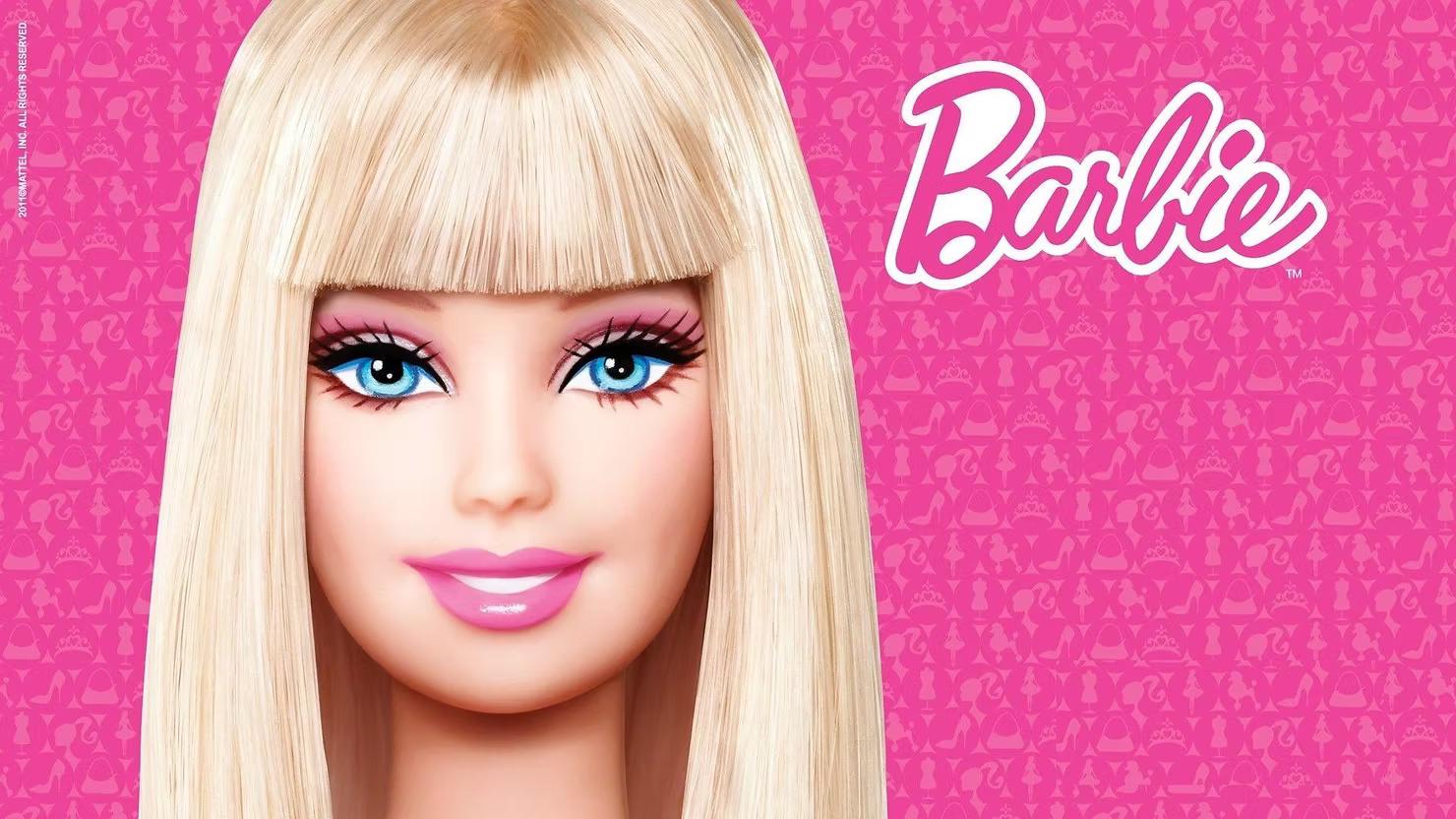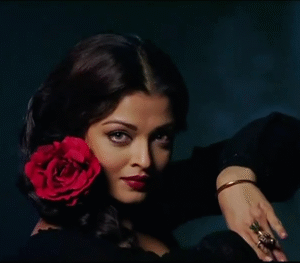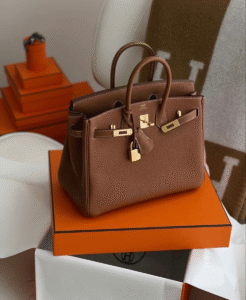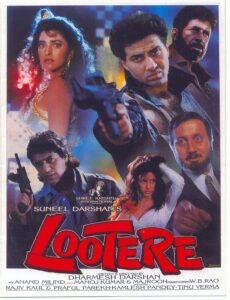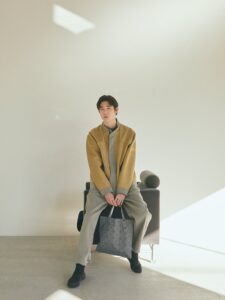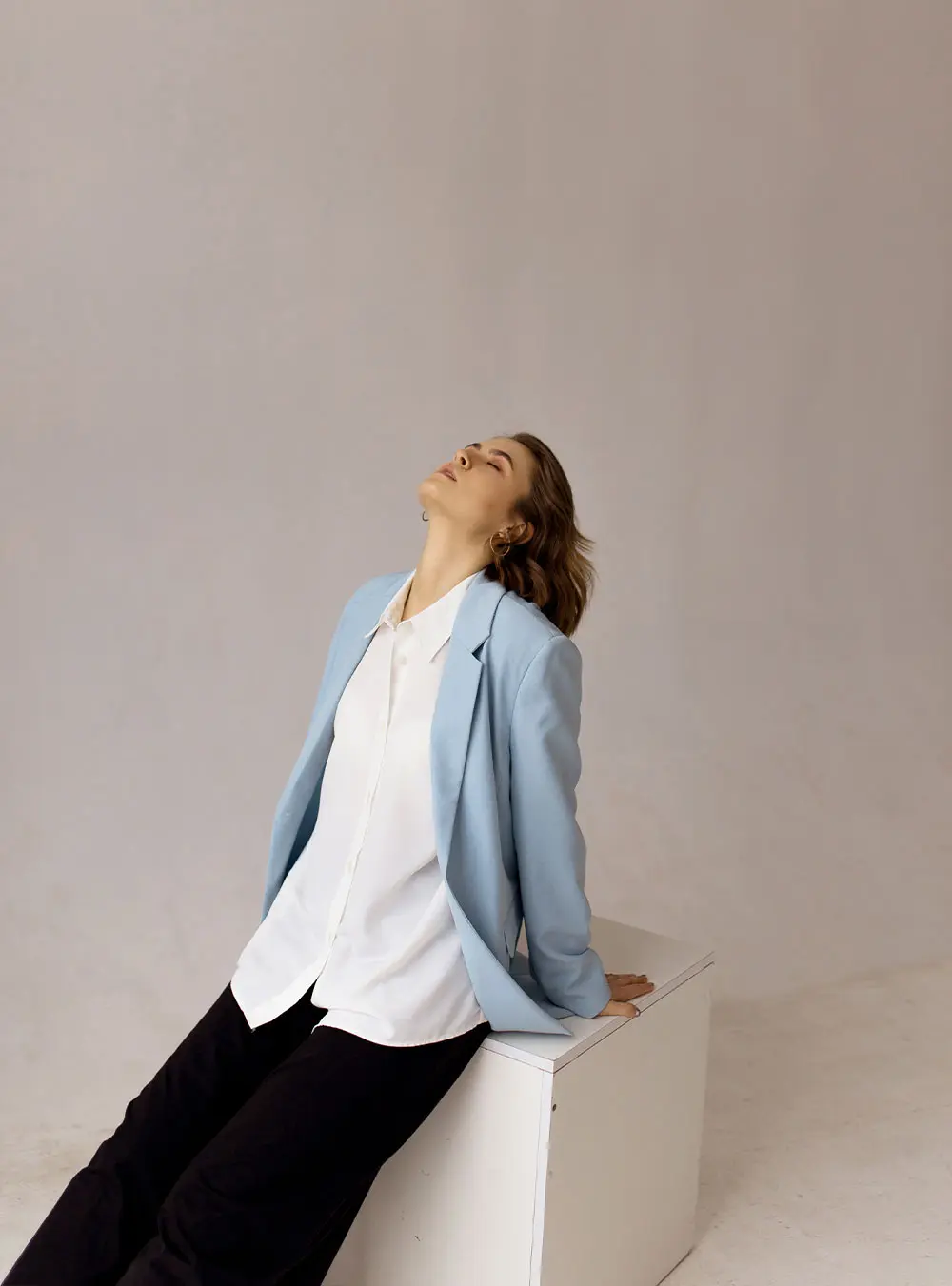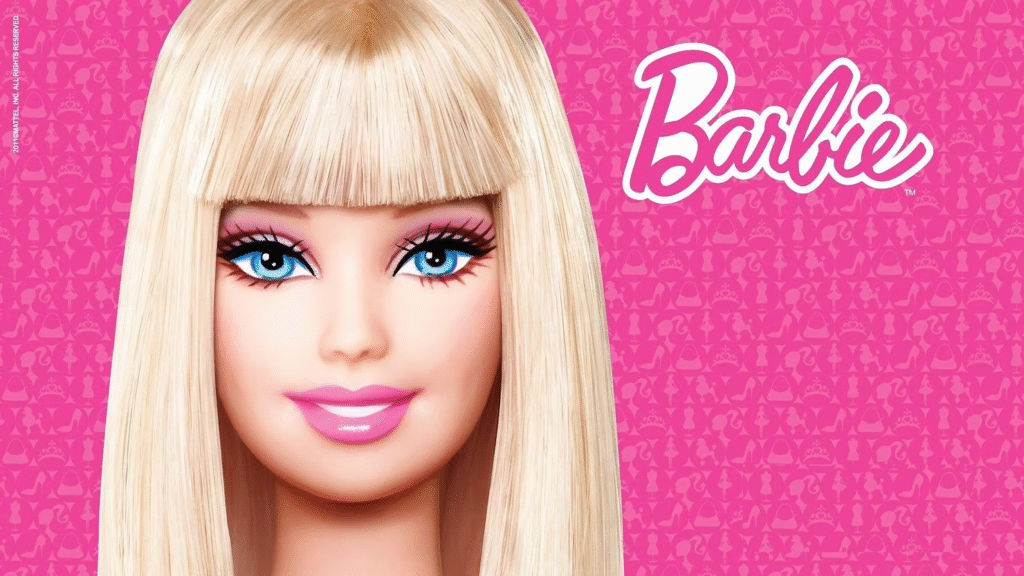
In the era when brands are fighting amongst each other to stake their claims on brand specific colors, Stuart Semple seems to be rebelling against this trend and making his own version of colors available for all.
Stuart Semple is a well-known multifaceted British artist who engages in activism, occurrences, painting, sculpture, and technology. He is renowned for his sociologically informed writings, which frequently touches on issues like young politics, accessibility, and democracy.
This British artist recently produced Pinkie, which he has named the “Barbiest pink paint,“. This was done just in time for the theatrical debut of the new Barbie movie. Pinkie is now made available for purchase.
Stuart Semple is better recognised for his fight against colour exclusivity than for his artistic output. The artist is well known for his dispute with Anish Kapoor over who has the only right to create the blackest black by creating his own version and offering it for sale to anyone who wants to buy it. The British artist has launched another attack, this time opposing Mattel’s registration of the term “Barbie Pink” as a trademark, which grants the toy manufacturer exclusive rights to the colour that is associated with the renowned doll all over the world. Subsequently, he developed this new fluorescent shade of pink with the idea that no one should be able to possess a particular colour.
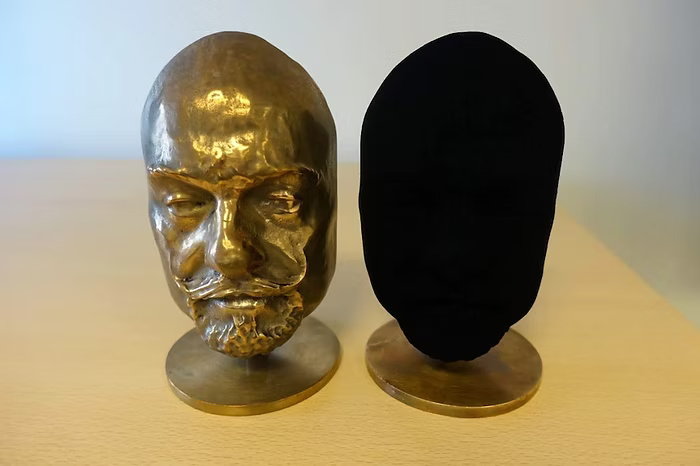
The pinkest paint ever developed, according to Semple, was his invention done back in 2016. The vivid colour was available in powdered form at the time of its introduction and was accessible to everyone save longtime rival Kapoor. The dispute between the two began about a year prior when Surrey, the company that created Vantablack, the “world’s blackest coating,” agreed to grant Kapoor, an Indian-born British sculptor known for pieces like “Cloud Gate,” the Chicago sculpture known as “The Bean,” a licence for its exclusive use in art. (The action even sparked a parody story that claimed Kapoor had painted “Cloud Gate” with Vantablack, turning it into a massive, bean-shaped void.)
Semple introduced new color-changing paints called Phaze and Shift the following year. Again, anyone may have access to the goods—except for Kapoor.
Semple and his colleagues developed a black matte paint in 2019 that, in his words, is “a black hole in a bottle” and absorbs 98–99% of visible light. The colour (or lack of colour) was introduced to the market in January of that year and is also known as Black 3.0.
In 2021, Semple announced the creation of ‘whitest white paint’.
Semple most recently found himself in the spotlight in September of last year when the Gay Blood Collection, his most recent product launch, was introduced. Semple’s red paint line was purportedly created in protest of the U.S. Food and Drug Administration’s rules prohibiting homosexual men from donating blood. It was created with the creative agency Mother.
Creation of the Pinkie Paint
Pinkie combines innovative fluorescent pigments, optical brighteners, and premium acrylic resins. It responds to Mattel’s registered trademark on the distinguishing shade wherein those who utilise the tone without permission risk facing the prospect of legal action. Semple’s new paint colour, however, is available for use by anyone who desires it. Pinkie buyers are required to certify that they are not affiliated with Mattel in any way and that, to the best of their knowledge, the paint will not end up in the hands of any corporate personnel.
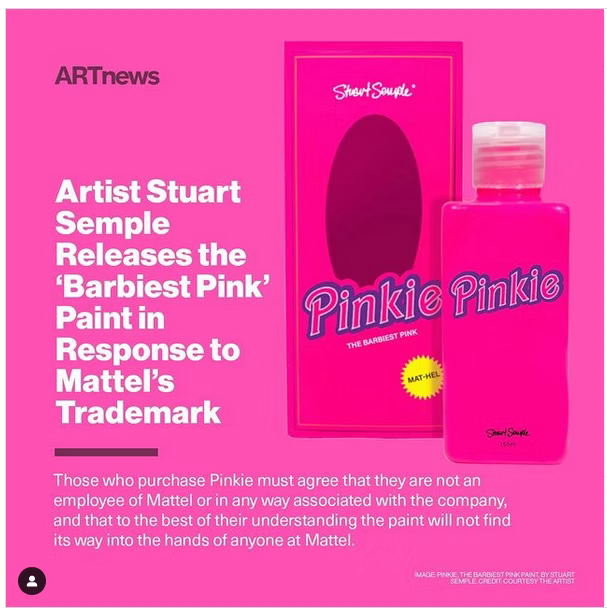
The paint is Semple’s most recent attack in her long-running campaign to ‘liberate’ colours from judicial restraints. According to Semple, businesses shouldn’t be entitled to restrict the usage of colours connected to their brands.
A famous shade of blue was trademarked by Tiffany & Co. UPS has trademarked the “UPS brown.” Despite not doing the same for Barbie’s pink colour, Mattel has used colour as a defence in legal battles over “Barbie-Que” potato chips and the song “Barbie Girl.”
Semple claimed that he started working on the paint while observing the extensive advertising for the “Barbie” film. The release of the movie has sparked a pink fiesta that some have dubbed the “summer of Barbie,” leading to both official and unofficial fashion, beauty, and food trends. One of Semple’s argument after releasing this paint was that, “People sort of own the colours that nature creates because they become connected with their brand or their line of work. The ability to govern them, however, shouldn’t actually come from that”. Thus, ‘Pinkie’ he claimed, also serves as satirical commentary.
A time where ‘Barbie’ Movie Exacerbates Shortage of pink paint
The recently released “Barbie” movie’s production designer said that the movie caused a worldwide shortage of pink paint. Particularly, the production’s set design resulted in a worldwide run on the Rosco paint colour in brilliant pink. According to reports, Rosco is well recognised for providing the entertainment sector with goods like scenic paints, colour filters, and other equipment, including specific tints made for screens.
Lauren Proud, Rosco’s Vice President of Global Marketing, told reporters that “they used as much paint as we had,” but that it was in short supply to begin with during the movie’s production in 2022.
In a reply to this news, Semple wrote that “I mean, painting an entire Malibu Dreamhouse in the stuff when there’s a global shortage, is all shades of wrong. Anyway, Pinkie is way pinker than theirs, and there’s plenty to go around.” In one of his argued Semple also stated, “We have been producing paint in this workshop for years, and we have always done so in order to express our dissatisfaction. The Blackest Black was a strategy for Anish Kapoor to defend his exclusive rights to the Blackest Black. It makes perfect sense to create a new, even pinker, even brighter pink now that Mattel has used up all the pink paint and is suing people for using the colour.”
To ensure that artists have access to unique colours that may be used in their works, Semple released the product with the intention of sharing it with artists throughout the world (so long as they are not affiliated with Mattel).
Mattel’s power in restricting people with respect to using the Barbie Pink
It is important to note first and foremost that Mattel does not possess trademark registrations for any pink hues on their own. Mattel has applied for the registration of the infamous “BARBIE PINK” word mark with the U.S. Patent and Trademark Office (“USPTO”) for use on goods/services like dolls, homewares, paper products, garments, hair accessories, eyewear, etc., only to ultimately abandon those applications.
However, a lack of registration has not prevented Mattel in any manner, “as trademark rights are garnered through the use of a mark (not registration of it) and Barbie has been partying in multiple pink hues for decades, with Pantone 219C – a colour that combines “magenta and pink” – being the most prominent among them.”
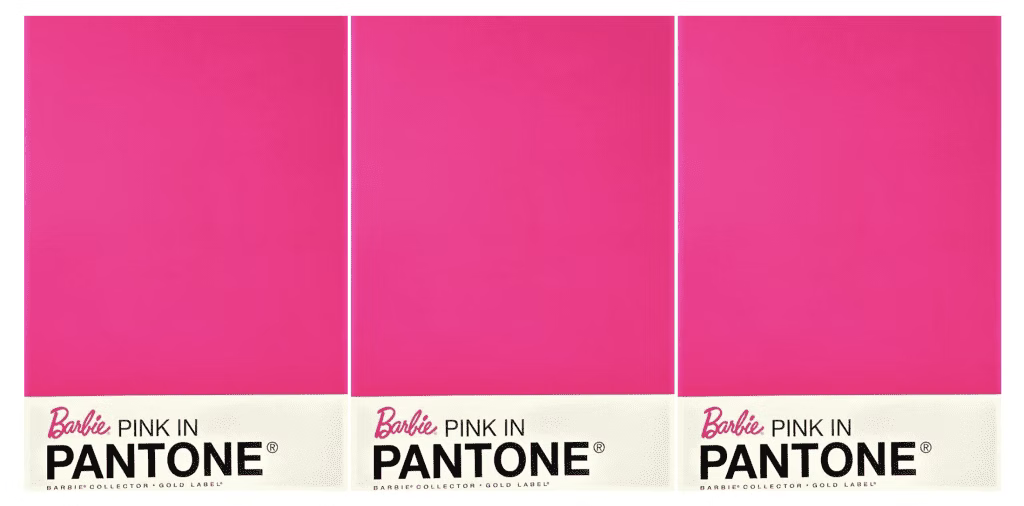
Accordingly, Mattel has gone to multiple lengths to police the use of the “barbie pink” for example in 2022, it filed a lawsuit against Rap Snacks over the Barbie-Que Honey Truffle Potato Chips that the food company created in collaboration with rapper Nicki Minaj, Mattel asserted that Rap Snacks’ “blatant and intentional use of [its] trademark will cause consumers to associate [the Barbie-Que] products with [it] and its BARBIE brand.” Such a “false association” was being “enhanced even further” by Rap Snacks’ “use of … colors that are associated with the BARBIE brand,” namely, pink hues, Mattel argued.
However, before Mattel could prove the strength and validity of its subsisting “pink” claims, the suit was settled within a month of it being filed.
One cannot also forget the case filed by Mattel against AQUA’s popular song “Barbie Girl”, the lawsuit not only contended against the parody of its brand “Barbie” and the use in the song, but also the infringement of the Barbie trade dress concerning the album art of the song and the infringement of the secondary meaning the “barbie pink” held. The court had declined the contention of Mattel in this case with respect to the Barbie Pink holding any secondary meaning, while the song was protected under First Amendment Rights of the musicians.
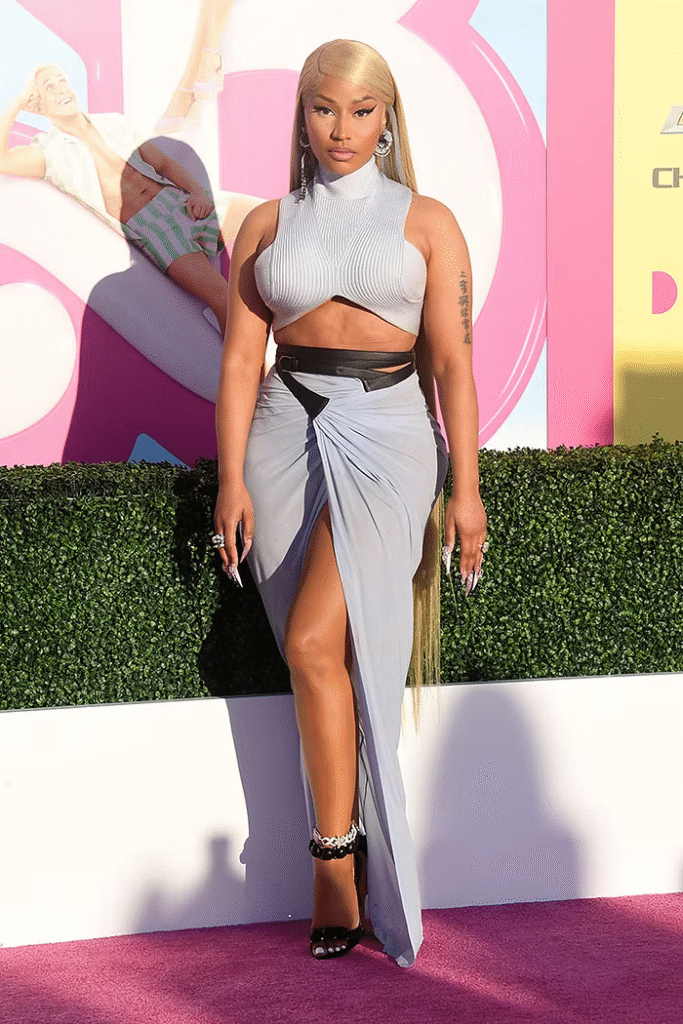
Over 20 years after that case came to a close, questions remain about how – exactly – Mattel would fare should it seek to register its pink mark for use in various classes of goods/services with the USPTO; to date, the company has not tried its hand in this regard. However, in 2023 (30 years after Judge Wm. Matthew Bryne of the U.S. District court for the Central District of California shot down Mattel’s trade dress claims), the reality about whether Mattel has acquired distinctiveness in “Barbie Pink” may be very different. The latest release and commercial success of the movie “Barbie” has allowed Mattel to not only spread its “Pink” agenda across the globe but also reclaimed itself as the sole originator of Barbie by creating a remix version of AQUA’s “Barbie Girl” sung by none other than the self-acclaimed Barbie Nicki Minaj, who had been openly using phrases like ‘It’s Barbie bitch’, claiming herself and her fans as “Barbies” and even has a song “Barbie Bitch!” which was released in 2010.
Rachael Dickson, an attorney and former U.S. trademark examiner, asserted that Mattel could undoubtedly register the pink colour if he desired to. These trademarks, which are comparable to those held by Tiffany and UPS, do not prohibit the entire usage of a colour. Typically, they apply to particular products and services where the applicant can demonstrate that consumers connect it with their brand, such as jewellery boxes or delivery vehicles.
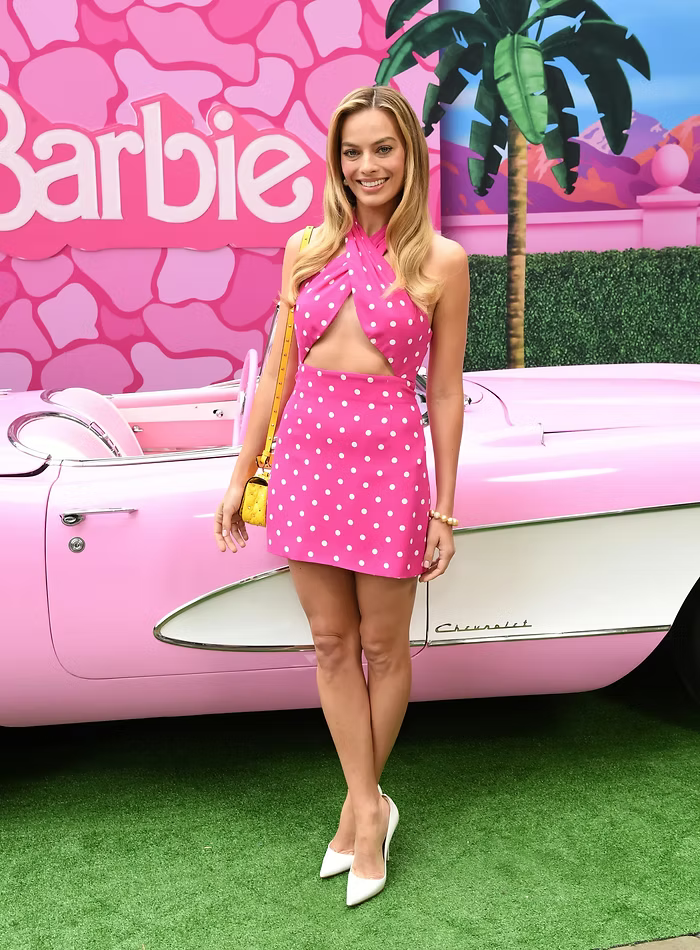
Alex Roberts, a legal professor at Northeastern University, said that even though Mattel hasn’t registered “Barbie pink,” it may try to stop users like Semple from using it. Even if a business does not have official trademark registration, extensive use of a colour or design might serve as the foundation for a trademark claim or the threat of one. However, not applying for official designation would give Mattel some useful uncertainty in conversations about Barbie and the colour pink. The company is not required to specify the precise shade, which can potentially have a negative impact if, for instance, it registers a very dark shade of pink and then tries to defend its rights against a business that uses pastel pink.
Pinkie – association with femininity and power
Having worked with rosy tones before, Semple found it easier to produce ‘Pinkie’. He said, citing pink’s use in gatherings like the Women’s March, that pink appeals to him because of its connections with femininity and power. Even now, if a man wore a pink shirt, people would react on it since it had significance for them. Hence according to Semple it’s one of our most polarizing colours, that shouldn’t belong to Mattel.
Pinkie is available for sale beginning July 28, and costs $34.99, including tax, for five fluid ounces.

